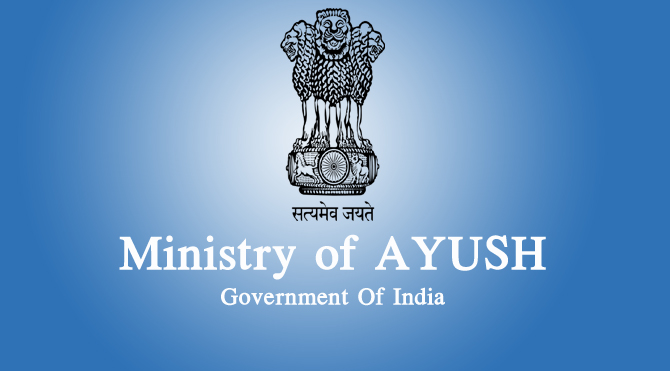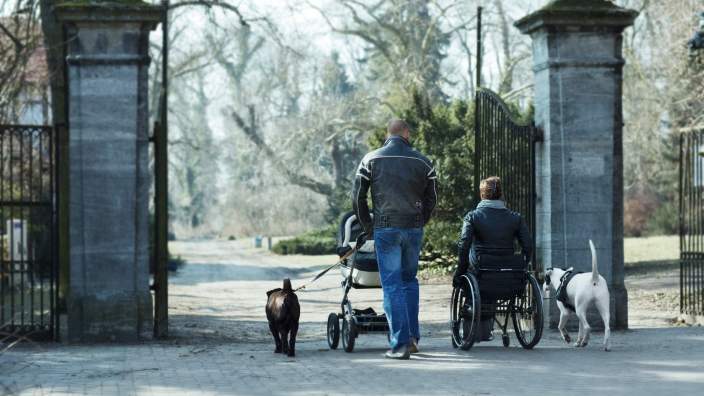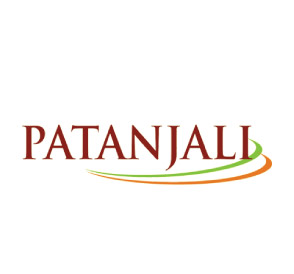

Dr Neelam Mohan,
Director, Department of Pediatric Gastroenterology, Hepatology & Liver Transplantation, Medanta
Dr Neelam Mohan, Director, Department of Pediatric Gastroenterology, Hepatology & Liver Transplantation, Medanta – The Medicity, in conversation with Shahid Akhter, ENN, delves into her passion in pediatrics that has finally evolved as one of the busiest centres in Asia for pediatric liver transplantation
Why pediatrics? What prompted you to chart your career in this uneven territory?
I was keen to pursue a career in medicine that was something new, different and unique. After obtaining Post Graduation in Pediatrics, I had three choices before me “ Cardiology, Gastroenterology and Genetics. Cardio was a bit crowded and complicated, genetics was exciting but there was not much interaction with the patients, so I opted for Gastroenterology (GI). Liver was one organ that fascinated me a lot. Unlike heart, it was not much talked about, there was no awareness in the 90s so I settled with liver and also wanted to continue with endoscopic procedures which were beyond the purview of the surgeon.
This field of Pediatric Gastroenterology, Hepatology and liver transplant was totally new domain in healthcare in India, and I was very happy in settling with this.

 How and where did you gain proficiency in pediatric gastroenterology?
How and where did you gain proficiency in pediatric gastroenterology?
During the 90s, there was no such training in gastroenterology in India. At best, AIIMS offered some training in GI where I worked for more than a year and then decided to leave for the UK to master GI. Between 1997 and 1999, I was trained in Pediatric GI and liver transplants that had just started taking shape. I returned to India in 1999 after learning more about motility, manometry and chronic diarrhoea and liver transplant. Finding a job was an arduous task as no one was interested in my precise domain of gastroenterology and hepatology.
I stood by my resolve to create awareness in gastroenterology and liver. Finally, I was lucky enough to get a break at Sir Ganga Ram Hospital where I worked for ten years. We were pioneers in liver transplant at Sir Ganga Ram Hospital at that time.
I was the first in the country to initiate endoscopic procedure in 2.5-kilo babies. I worked not only in diagnostic but also in therapeutic endoscopy. All this boosted to my confidence and morale immensely.
Unlike heart, liver was not much talked about in the 1990s and this organ fascinated me”
Your current role and activities in pediatric gastroenterology?
Being associated with children and able to save their lives gives me immense boost in life. My adrenaline simply soars. I find it difficult to compare this happiness with anything. Even a Ferrari ride wont give me that adrenaline surge as saving someones life does. Moreover the blessings and wishes that I receive from parents. They adore me as the second mother and this gives me a sense of fulfillment in life.
Having grown vertically at Sir Ganga Ram Hospital, I was seeking horizontal expansion at Medanta. Here, we have spread into various verticals like motility, endoscopy, capsule endoscopy, endoscopic retrograde cholangiopancreatography and our goal is to add and improve in all dimensions of liver treatment including stem and Hepatocytes transplant.
Today we have the highest number of successful pediatric liver transplants in India and we can claim to be at par with America and UK, if not better in living related cases.

| Achievements |
| >>Performed more than 150 (the highest in India) pediatric liver transplants in the country |
>> Countrys first doctor to start therapeutic endoscopic work in newborns and young infants
>> Established Indias first one year fellowship in pediatric gastroenterology, hepatology and liver transplantation, certified by the Indian Academy of Pediatrics
>> Honoured with awards like DMA Vashisht Chikitsa Ratan Award, Swastha Bharat Samman 2012, Distinguished Service Award , Most Popular Doctor , Fellowship of American College of Gastroenterology , Fellowship of Indian Academy of Pediatric and SGRH Alumni Award and many more.
As clinical science is your forte, what are your areas of interest and research?
I strongly believe that one day stem cells may be the solution for metabolic liver disease and this makes my first point of interest. Though it is at an early stage but there is a lot of hope and expectations are high. How common is IBD (Inflammatory bowel disease) in children? IBD is an idiopathic and chronic intestinal inflammation. Ulcerative Colitis (UC) and Crohns Disease (CD) are the two common types of IBD. Among children is a matter of concern and it varies with geographical areas. The United States and Europe account for the highest incidence while. Asia accounts for the lowest incidence along with Africa and Latin America. However, IBD is catching up with Indian children, possibly because of Western influence and greater awareness. IBD can be observed in toddlers but ideally the peak age of onset is during adolescence and young adult hood. Children from urban areas and higher socio-economic classes have higher prence of IBD than those from rural areas and lower socio economic classes.
 IBD may run in families. The risk of developing IBD to first degree relatives of an IBD patient is 10 percent If both parents have IBD each child has 36 percent chances of being affected.
IBD may run in families. The risk of developing IBD to first degree relatives of an IBD patient is 10 percent If both parents have IBD each child has 36 percent chances of being affected.
Ulcerative Colitis (UC) is a mucosal disease that involves rectum and extends proximally in continuity to involve most of the colon. Around 50 percent children have disease limited to recto sigmoid, 30 to 40 percent have disease extending beyond sigmoid but not involving whole colon, and 20 percent have pan colitis.
Children with ileocolitis typically have cramping, abdominal pain, and diarrhea, some times with blood. Ileitis may present as right lower quadrant abdominal pain alone. Crohn colitis may be associated with bloody diarrhea, tenesmus, and urgency. Systemic signs and symptoms are more common in Crohn disease than in ulcerative colitis. Fever, malaise, and easy fatigability are common. Children may present with growth failure as the only manifestation of Crohn disease.
Compared to adults liver transplant, pediatric liver transplants are more successful. Following the transplants, children live longer. This translates into greater life expectancy of a child with liver transplant
What are the common indications of liver transplant in children?
This may include cholestatic liver disease (most common of which is biliary atresia), metabolic liver disease and acute liver failure. Add to this some rare conditions. The indications for liver transplant include :
Cholestatic liver disease
Metabolic liver disease
Hepatitis
Metabolic and Genetic disorders
Liver tumors
“I strongly believe that one day stem cells may be the solution for metabolic liver disease. Stem cell transplant is very promising and equally fascinating”
How is the liver transplant scenario in the country ? How much does a transplant cost?
Today, there is a need of over 20,000 liver transplants in adults and around 2,500 in kids. We, at Medanta have conducted over 1600 transplants in adults and more than 150 in children. The need for organ transplant is much more than what we are doing.
Liver fails only when 60 “ 70 percent of it is damaged. The new liver comes from only two sources “ cadaver organ transplant or living relatives. India accounts for less than 1 percent cadaver transplant while the rest comes from relatives who donate their liver. In a child the liver transplant costs around 15 to 17 lakhs and in adults it may vary between 20 to 25 lakhs.
Your future plans and the road ahead. In India we find super specialty and organ specific hospitals but how about children?
Hospitals for children are few and far. I am keen to see the birth and growth of a full fledged hospital for children. I am consistent and focused in my mission. Today, in India we have around 40 percent of the population that is below 18 years of age but how many hospitals are there to address their cause? Dr Trehan has accepted my plans about a dedicated Childrens hospital, replete with all the specialty sections. Initially, we need to create a system that will sustain itself. Profit is not the motive. I am very much interested in clinical science, and therefore, do not want to leave my clinical work because that is my forte.
The Department of Pediatric Gastroenterology, Hepatology and Liver Transplantation at Medanta |
| >> A to Z facilities for Newborns, Children and Adolescents with Gastrointestinal and Liver Diseases including the highest level of care that is Liver Transplantation. The Department offers the highest standard of healthcare delivery to equate with the best in the world and at an affordable cost in India. |
>> The busiest pediatric liver transplant team in the country
>> The department is credited with several firsts in this field in India and a few in the world such as youngest domino liver transplant in the world and the first infant in the world to be cured of factor VII deficiency by liver transplantation.
>> The Department is equipped with highly advanced endoscopes and equipments looking into pH metry, impedence manometry and motility studies.
Please tell us about your social activities. How do you manage your passion and profession?
There is a very thin line that demarcates my passion and profession. I feel preventive medicine and creating awareness makes a lot of difference. I love to visit schools and colleges and talk about Hepatitis, particularly B and C which are more dangerous. Not less than 300 million people are suffering from Hepatitis B alone. More than 70 percent of them get Hepatitis in their childhood.
We run free paediatric gastroenterology and hepatology clinics and free clinic for the thalassaemics. Hepatitis is one area that I hold a lot of interest in. Way back in 2008, I was the group leader for Guidelines Management of Hepatitis C presented at the World Congress in Brazil.
Besides, we have the Cherry Hill Educational Society which aims to provide free basic education to a certain sections of people. Besides this, I run a CHILD society which looks into providing free healthcare, conducting awareness camps, CME
Be a part of Elets Collaborative Initiatives. Join Us for Upcoming Events and explore business opportunities. Like us on Facebook , connect with us on LinkedIn and follow us on Twitter , Instagram.












